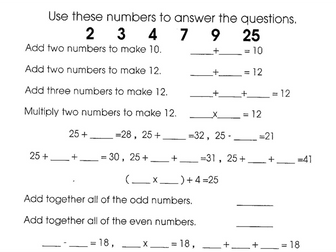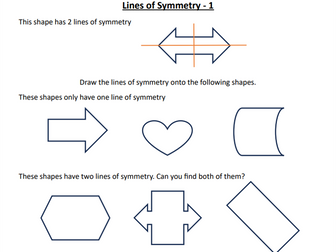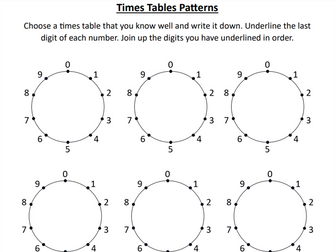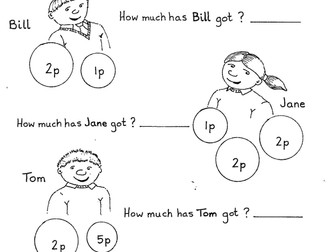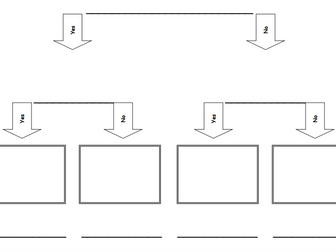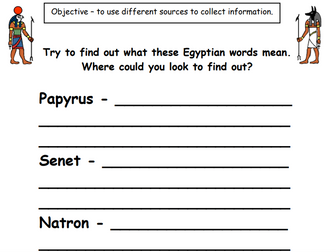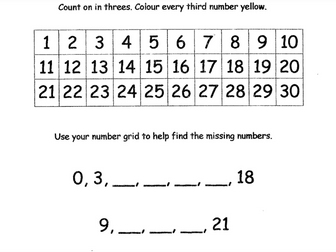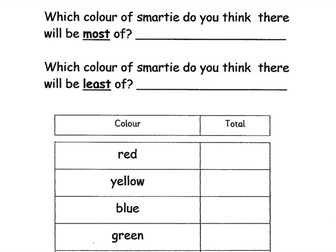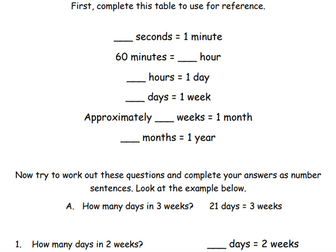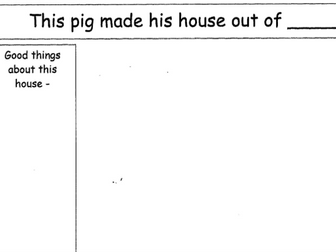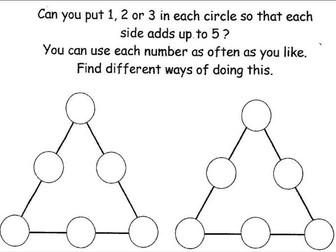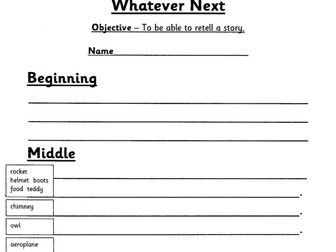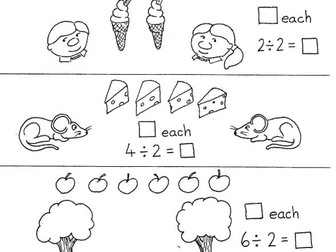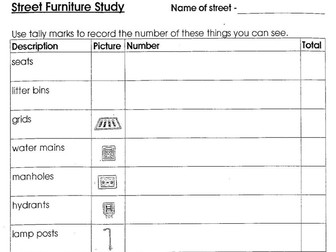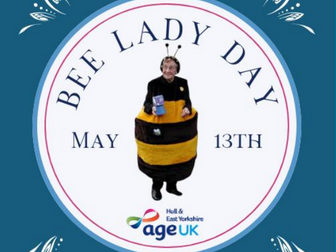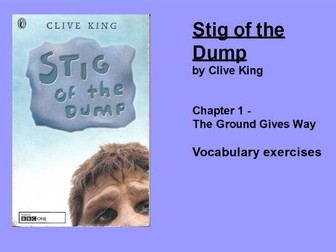Applying Number Skills
<p>This is a set of 9 worksheets which I mostly used with UKS2 classes, to help pupils apply their understanding of the 4 rules of number. These activities were inspired by the number questions in the show “Countdown” where contestants are given 6 numbers and asked to try to achieve a given total. With Yr 6 I used these successfully as extension activities and to develop independent numerical thinking.</p>
<p>There are 4 “Use these numbers” sheets, each of which provides pupils with a different set of 6 numbers (usually 5 small and one big). These take pupils through a variety of calculations, including the use of brackets, in order to achieve different totals.</p>
<p>There are 5 “Use to make” sheets, again which provides pupils with a different set of 6 numbers but this time allows space for pupils to explore the totals they can achieve before identifying a given total they should attempt to make. Each of these sheets also come with a second answer sheet that shows how to achieve the desired number.</p>
